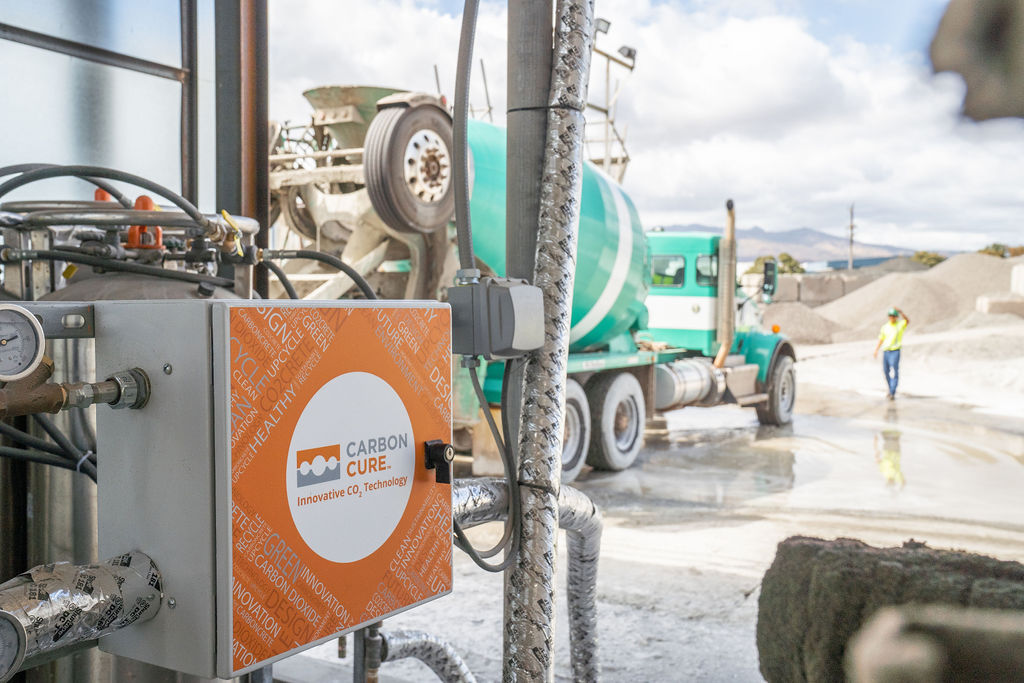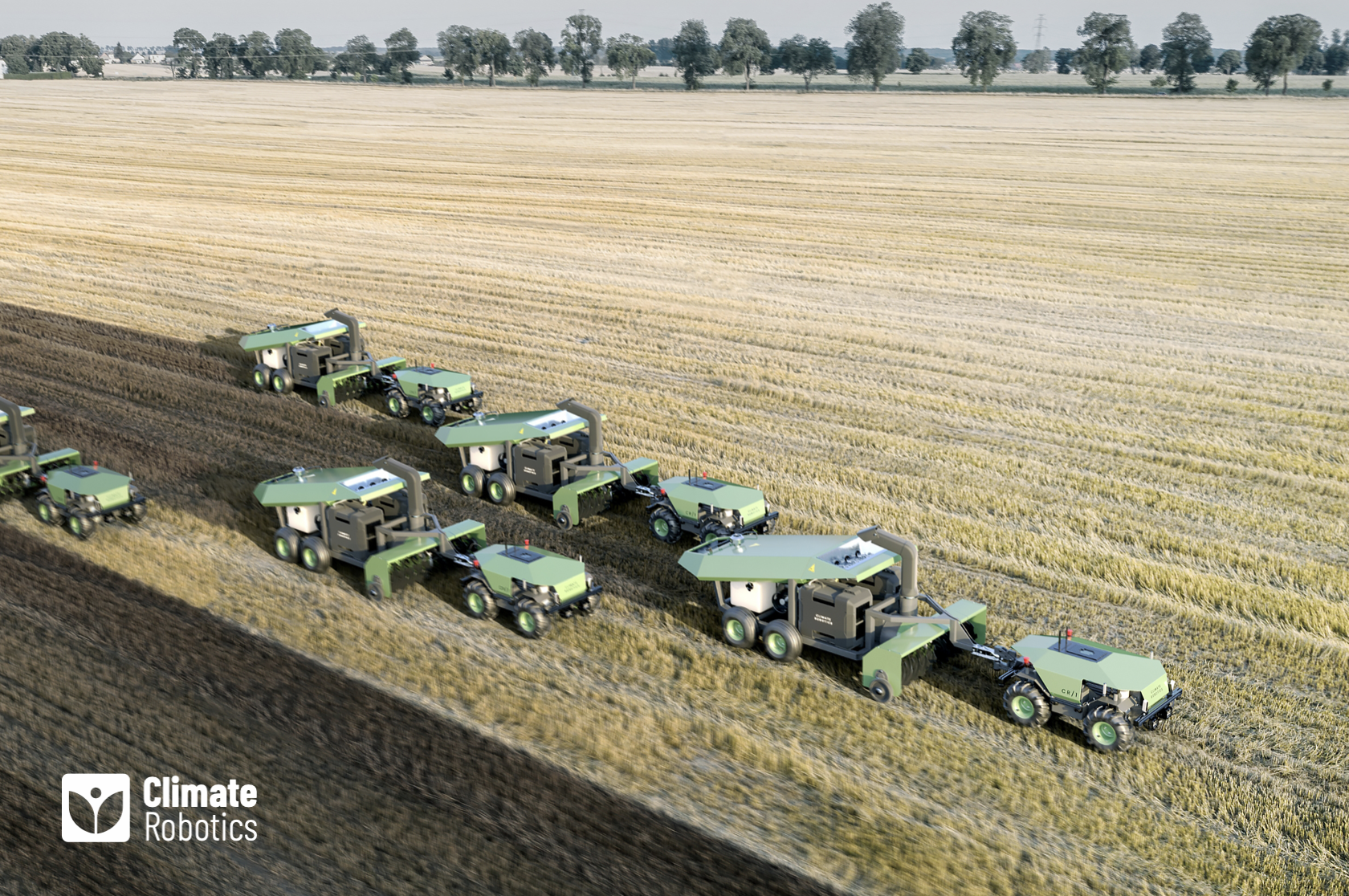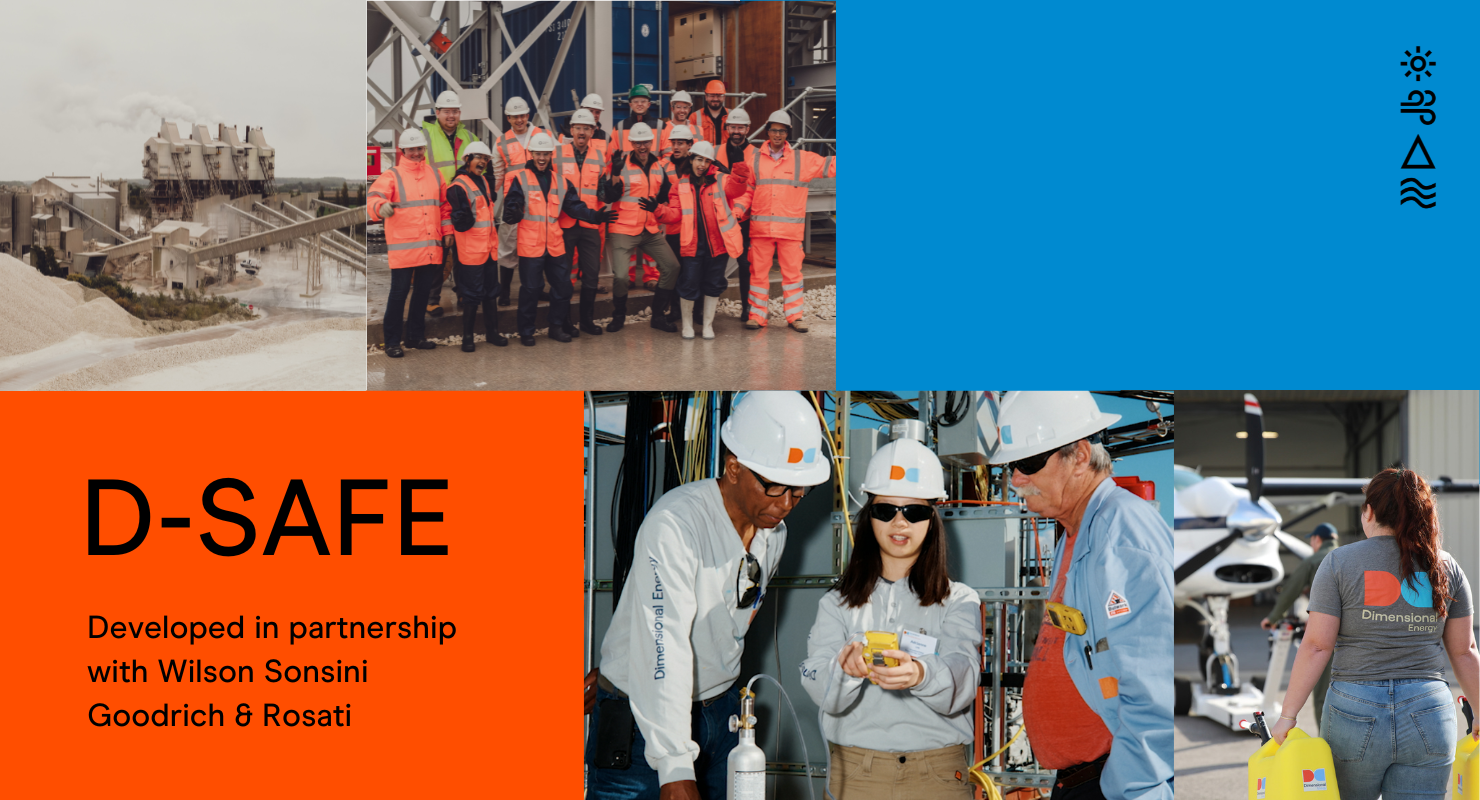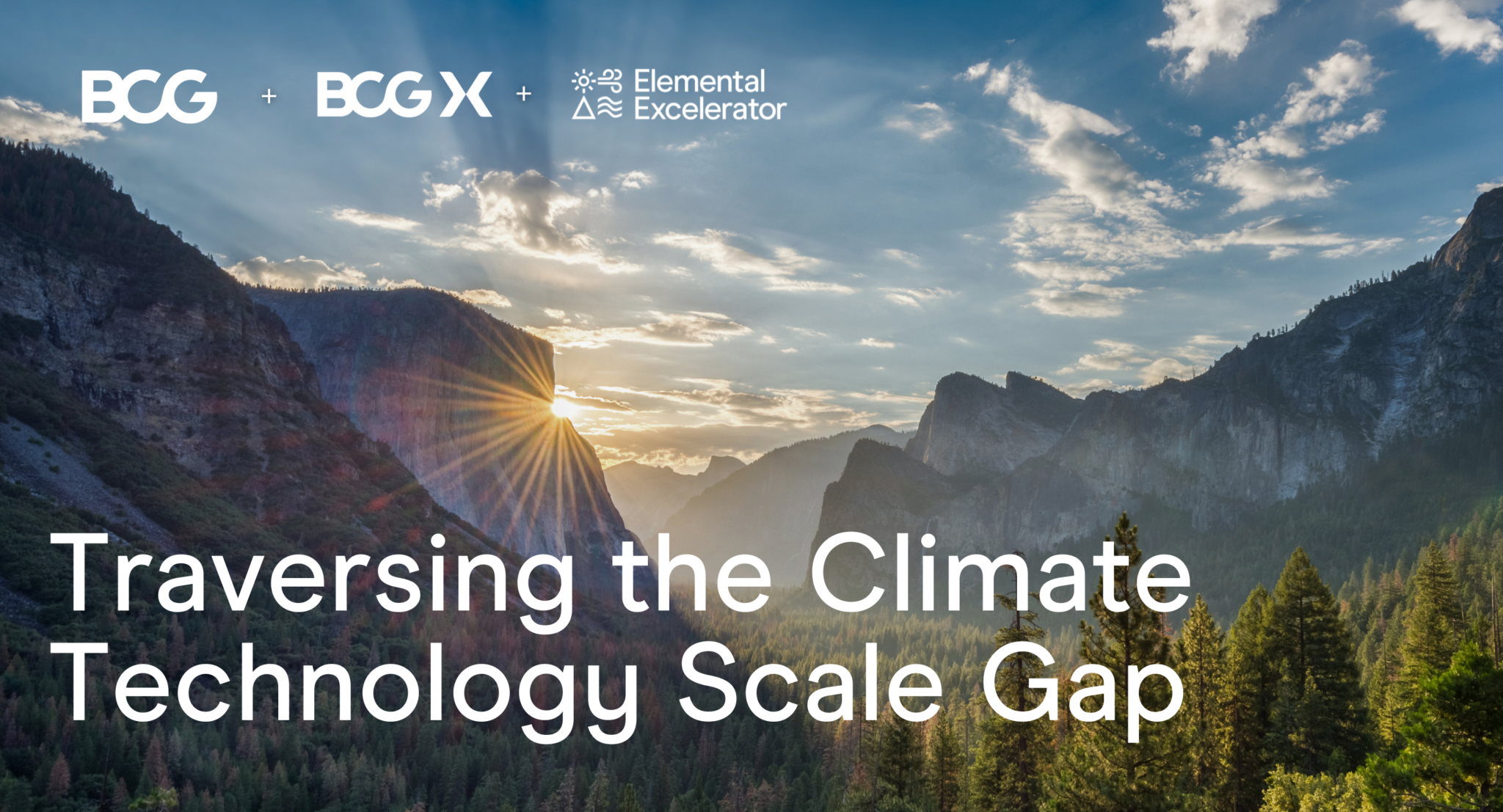
As corporate pledges to achieve net zero pile up, carbon offsets — paying someone else to reduce GHG emissions to compensate for your own — are attracting both increased interest and scrutiny.
Unfortunately, while the voluntary carbon market is in its infancy and constantly evolving, many carbon credits today are not sufficient at offsetting emissions. Although the ability to offset emissions with low-quality credits may “satisfy” net-zero claims, they often don’t deliver the promised climate benefits, and more importantly, perpetuate continued pollution.
There’s still much to learn about which carbon offset solutions and frameworks will truly be effective and economically viable at scale. That said, there are three key points that I believe need to be considered for carbon offsets:
- Offsets of Scope 1 and 2 emissions should be reserved for carbon removal credits, not avoided emission credits
- Companies should consider “Horizontal Bridging” of their offsets
- Scope 3 emission offsets offer the best opportunity for funding many nature-based solutions
In this first of a two-part series, I will focus on suggestions for Scope 1 and 2 offsets. In the second part, I will discuss the strategy of “Horizontal Bridging” and the role of Scope 3 credits.
One caveat before I get any further: As has been made abundantly clear by many organizations, decarbonization of one’s supply chain is the most important step in reducing your carbon footprint and mitigating climate change. It’s usually cheaper and more efficient to stop emissions in the first place rather than paying to properly clean up the respective emissions after the fact. That said, even if effective decarbonization occurs and emissions eventually reach close to zero, there will almost certainly be residual hard-to-avoid emissions. Therefore, we will likely need to continue offsetting emissions indefinitely.

Making Sense of Offsets and Credits
The first important step is determining what exactly constitutes an “offset.” The common understanding is that a carbon offset is a way to balance out a company’s emissions by investing in projects that either remove carbon from the atmosphere or avoid emitting it. A growing group of people disagree with the “either” portion of an offset. They distinguish between the two by saying that “carbon offsets” are only designated for paying someone else to avoid emitting carbon (and are thus largely ineffective), whereas the removal portion is separately known as “carbon removal.” This distinction makes sense given that less than 5% of the voluntary offset marketplace is currently dedicated to actual carbon removal credits.
Additionally, while all carbon offsets are carbon credits, not all carbon credits need to be offsets. Some companies use carbon removal credits to offset their emissions, while others purchase them purely for the sake of advancing the industry, as seen with Stripe, Klarna, and others. So, it can be a little confusing.
Given most carbon credits are purchased to negate one’s emissions, I’m going to stick with “carbon offsets” as the word choice here. That said, it’s essential to distinguish between removal and avoidance for those offsets, which can be done through an agreed-upon criteria for Scope 1 and 2 emissions.
Focusing on Scope 1 and 2 Carbon Offsets
As a refresher, Scope 1 emissions are those directly produced from combustion of fossil fuels in the furnaces, boilers, or vehicles owned by a company. Scope 2 emissions come from all the electricity, steam, heat, and cooling that a company purchases to run its operations, which is often first produced by combusting fossil fuels.
If one ton of CO2 is emitted into the atmosphere, not cutting down a tree does not reciprocally sequester an equivalent ton into its biomass.
Given they are directly linked to burning fossil fuels, offsets of Scope 1 and 2 emissions should be truly net-zero. This means that for every ton of carbon emitted and held in the atmosphere (which can be for thousands of years), another ton must be actively removed from the atmosphere and stored for thousands of years. It needs to be 1:1. In other words, these offsets need to be carbon removal offsets.
Unfortunately, the vast majority of Scope 1 and 2 emissions are offset through avoided emissions that violate the 1:1 rule. For example, if one ton of CO2 is emitted into the atmosphere, not cutting down a tree does not reciprocally sequester an equivalent ton into its biomass. Also, it’s extremely difficult to prove additionality and lack of leakage, not to mention concerns of durability as climate-induced natural hazards increase over time.
For these reasons, avoided and reduced emissions should not be considered as a permissible way to offset Scope 1 and 2 emissions. For those, we need to turn to true carbon removal solutions.
Organic vs. Inorganic Storage, and Why It’s Important
Carbon dioxide removal (CDR) solutions are typically categorized as either nature-based solutions (NbS) or engineered solutions. However, as Ryan Orbuch explains, there are instances where these two circles overlap. It’s more accurate to bifurcate the CDR buckets into organic and inorganic storage. Organic solutions ultimately store CO2 in biomass or biology (such as trees, soil, and kelp), whereas inorganic solutions store CO2 geologically and/or via inorganic compounds (such as in underground reservoirs or as minerals). As such, I will be using “organic” and “biological” to describe many nature-based solutions.
I’m a major proponent of nature-based solutions such as reforestation, regenerative agriculture, select afforestation, and all types of ecosystem conservation. $44 trillion of the global economy — equal to half of the world’s total GDP — is generated by nature’s services. Other studies show that ecosystem services provide $125-140 trillion in value annually. Peatland preservation projects and conservation of the Amazon are essential to maintaining biodiversity and the functioning of natural carbon sinks; financial compensation to farmers for storing carbon in their soils can support a systemic transition to regenerative agriculture practices; kelp forest restoration is important for revitalizing fish populations and marine ecosystems.
There’s a massive gap in financing NbS, to the tune of $711 billion per year. Finding ways to fund these services is imperative. However, this doesn’t necessarily mean that carbon offsets are the answer. In many cases, organic carbon storage in soils or vegetation does not provide sufficient durability, additionality, standardized methodology, and/or quality measurement, reporting, and verification (MRV) to warrant a carbon offset, particularly for the direct impact of Scope 1 and 2 fossil fuel burning.
On the other hand, there’s an increasing number of technologies that enable more permanent, durable sequestration. This is typically through inorganic geologic or mineral storage, though there are cases of high-durability organic storage as well. Examples include direct air capture and carbon storage (DACCS), ocean alkalinity enhancement (OAE), enhanced weathering and other forms of mineralization, woody biomass burial, biochar, kelp sinking, and more.

Three Pathways for Offsetting Emissions
Today, CDR technologies are a) often very expensive and unproven, and b) limited by their low capacity to remove tons of CO2 (which inherently increases the price). As such, corporations looking to offset their emissions are left with three options:
- Scenario A: Only offset the portion of Scope 1 and 2 emissions they can afford by exclusively purchasing the expensive, high-durability carbon removal offsets.
- Scenario B: Offset all Scope 1 and 2 emissions by relying on lower-quality and inexpensive biological credits (both removal and avoidance).
- Scenario C: Do a combination of A & B. Offset with a blend of both high-durability solutions (primarily inorganic) and shorter-term biological carbon removal solutions.
Scenario A: One could make the case for Scenario A. Unified protocols and standards can and should be put in place around what types of CDR are high-quality and eligible for a carbon offset (though this is undoubtedly much easier said than done). Companies that are willing to offset their Scope 1 and 2 emissions, or at least a portion of them, with expensive, high-quality credits will do so. The result might be that many companies are unable to offset their full GHG inventory. This is particularly true given the limited availability of these types of credits in the immediate future. And so, companies would be left with higher residual emissions on their balance sheets and couldn’t claim to be net-zero. In this situation, facing consumer and investor pressure to be net-zero, they’d need to consider the following paths (both of which are impactful):
- Set an internal carbon tax and decarbonize their supply chain in order to bring total emissions down (e.g., Microsoft and Klarna). All companies should consider doing this anyway, as it lowers the total emissions one needs to offset).
- Provide grant capital and/or forward-purchase carbon credits to fund RD&D to get high-durability CDR technologies to an affordable price point and production capacity for offsets (e.g., Frontier and First Movers Coalition).

Scenario B: Many companies do this, which often leads to greenwashing. Simply put, it must end.
Scenario C: I believe most companies today should pursue Scenario C. Funding early-stage durable CDR technologies is critically important since many are not yet able to remove carbon remotely at scale. However, companies simultaneously need to fund the sequestration of CO2 from the atmosphere now using existing nature-based solutions. Sequestering carbon organically today — even if it’s not as durable — is important for buying time and avoiding tipping points, not to mention the myriad ecosystem co-benefits they provide.
One way to do this effectively is Carbon Direct’s “Horizontal Bridging” strategy, which I will discuss in the next part of this series.
The Bottom Line on Carbon Offsets
When it comes to negating the direct burning of fossil fuels, the only credible means of offsetting is through carbon removal. The best mix of investments and solutions is dependent on a company’s priorities and budget, in addition to the evolution of markets and policy. There’s absolutely still a need to fund emissions reductions and avoidances in order to avoid further pollution and environmental despair. However, the answer isn’t necessarily Scope 1 and 2 offsets.





